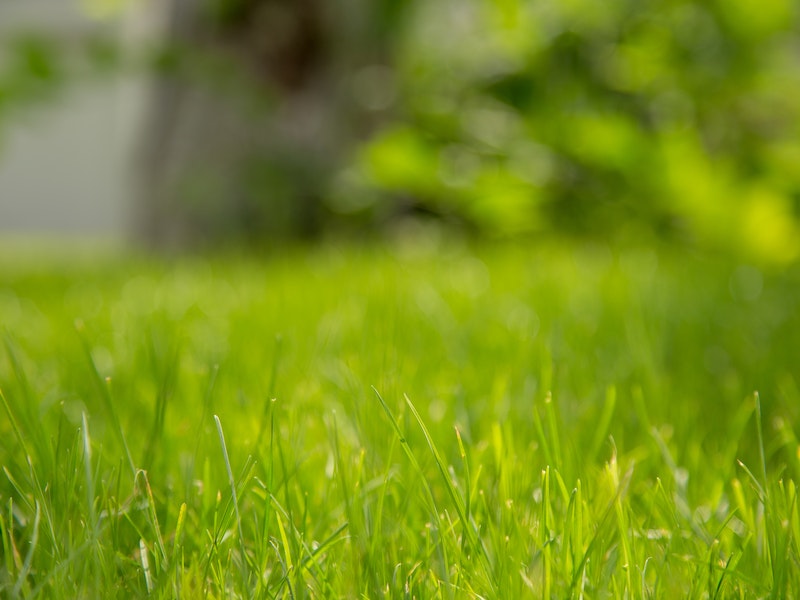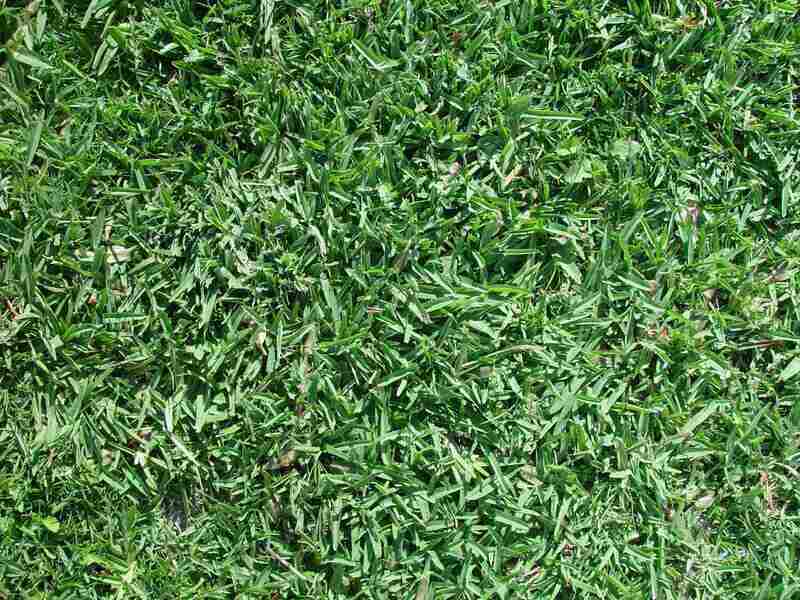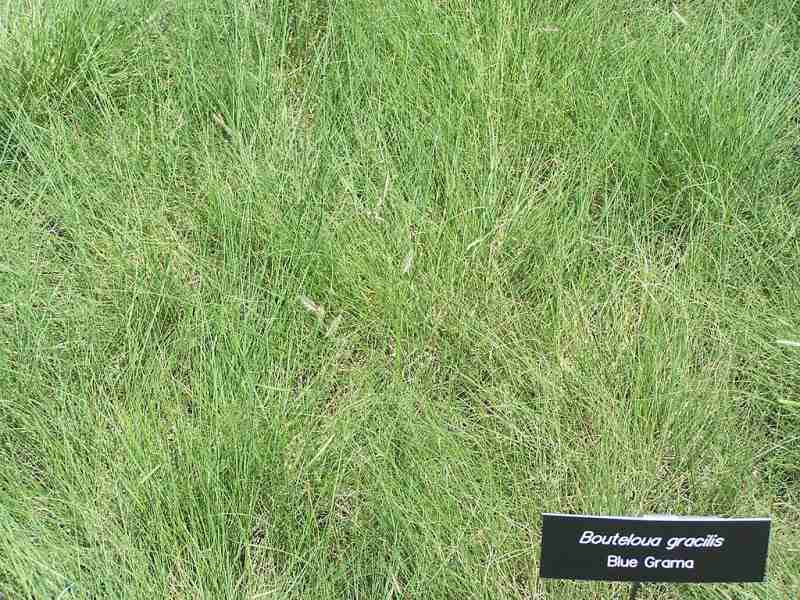5 Best Grass Types for Phoenix
BY AMANDA SHIFFLER | MARCH 21ST, 2023 | ARIZONA, LAWN CARE, PHOENIXContrary to popular belief, you can grow actual grass in Phoenix, even with its inferno-like temperatures and dry-as-a-bone climate. Many homeowners opt to xeriscape their yards, choosing to landscape with rocks and highly drought-tolerant plants instead of traditional grass. But if you want to plant traditional turf, you’ve come to the right place!
We’ve got the five best kinds of grass to grow in Phoenix and will walk you through the pros and cons of each one.
In this article:
5 Best Grasses for Phoenix Lawns
All five types of the following types of grass are heat and drought-tolerant, so they’re ideal for the Phoenix climate. Let’s take a closer look at each.
Bermudagrass (Cynodon dactylon (L.) Pers.)

Photo Credit: Pexels
Bermudagrass is an important turf grass grown throughout the Southern United States. It flourishes in full sun and tolerates heat, drought, and foot traffic but does prefer soil with good drainage. Most of the root system is within the top 6 inches of soil, but roots can grow down to 6 feet, increasing its drought tolerance.
It is the fastest-growing warm-season grass, which is excellent for establishing a new lawn or overseeding bare spots but also poses a concern. This quick-spreading habit makes Bermudagrass challenging to control and contain, so you’ll need to work to keep it out of flowerbeds. Thick layers of thatch can also accumulate, requiring dethatching or power raking regularly.
- Classification: Warm-season grass
- Color/Texture: Light to medium green, medium to fine texture
- Spreads by: Stolons and rhizomes
- Shade Tolerance: Low
- Drought Tolerance: Good; can go dormant in extended periods
- Foot Traffic Tolerance: High
- Maintenance Needs: High
- Mowing Height: 1½ – 2 ½ inches
- Potential for Disease: Leaf spot, brown patch, spring dead spot, fairy rings
Midiron (Cynodon dactylon (L.) Pers. x Cynodon transvaalensis Burtt Davy)
Midiron is a hybrid Bermuda grass and a popular turfgrass choice for Phoenix homeowners because of its toughness and adaptability. It is low-maintenance and has excellent drought tolerance, so it stands up to high summer temps. This hybrid grass can also withstand high levels of foot traffic and transitions well between seasons.
It goes dormant through the winter, but you can keep a continuous green lawn by overseeding it with cool-season grass. Once the weather starts to warm, it quickly greens back up, so there is no lull in your beautiful turf. Midiron also tolerates the hard clay soils common in Phoenix.
- Classification: Warm-season grass
- Color/Texture: Blue-green, medium
- Spreads by: Rhizomes
- Shade Tolerance: Low
- Drought Tolerance: High
- Foot Traffic Tolerance: High
- Maintenance Needs: Low
- Mowing Height: 2 inches
- Potential for Disease: Low, fairly resistant
Palmetto St. Augustine (Stenotaphrum secundatum ‘Palmetto’)
Palmetto St. Augustine grass is a patented variation of St. Augustinegrass that has been bred to display a darker color and finer texture while keeping the shade, cold, heat, and drought tolerance of St. Augustine. These characteristics make it an excellent choice for the Phoenix climate, and it works well as filler grass in shade spots under shrubs or trees, hiding brown, bare patches. It can survive on as little as 4 to 5 hours of sun.
With its drought tolerance, Palmetto St. Augustine is low maintenance, but you must be cautious not to overwater it. Too much water makes the grass prone to insect and disease problems.
One of the most significant drawbacks to Palmetto St. Augustine is a lack of seed available for purchase. Little viable seed is produced for commercialization, so you must establish a lawn using sod or plugs.
- Classification: Warm-season grass
- Color/Texture: Dark green, soft and fine
- Spreads by: Stolons
- Shade Tolerance: Good
- Drought Tolerance: High
- Foot Traffic Tolerance: Good
- Maintenance Needs: Moderate
- Mowing Height: 1 ½ to 2 ½ inches
- Potential for Disease: Low, but prone to gray leaf spot
Buffalograss (Bouteloua dactyloide)

Photo Credit: Pixnio
Native to the Great Plains spanning from New Mexico to Montana, buffalograss does well in Phoenix because of its ability to handle extreme temperatures. Buffalograss has the best cold tolerance of the warm-season grasses, yet it also does well in the hot, dry Arizona climate.
It spreads by stolons, so it covers the ground quickly to fill in bare spots. Buffalograss is incredibly drought-tolerant and has low maintenance needs. When left uncut, it creates an airy, wispy meadow look.
However, Buffalograss is slow to establish from seed and is dormant longer than other warm-season types. It goes dormant earlier in the winter than Bermudagrass and recovers slowly after overseeding. A pre-emergent applied well before seeding helps knock down weed populations, increasing overseeding success, but the process is still laborious and frustrating. Laying sod results in a quicker lawn establishment but costs more.
- Classification: Warm-season grass
- Color/Texture: Gray-green to blue-green, finely textured
- Spreads by: Stolons
- Shade Tolerance: Low
- Drought Tolerance: High
- Foot Traffic Tolerance: High
- Maintenance Needs: Low
- Mowing Height: 1 ½ to 3 inches
- Potential for Disease:
Blue Grama (Bouteloua gracilis)

Photo Credit: SEWilco / Wikimedia Commons / CC BY-SA 3.0
Rounding out our list of best grasses for Phoenix is blue grama, an important native grass found across the mixed prairies of the U.S. and the Great Plains. When seeded at the proper density, it makes a fantastic native turfgrass.
This warm-season grass is tough as nails, with high drought and cold tolerance. It thrives in sandy, dry Arizona soils and works incredibly well as erosion control in arid regions. Plus, it’s a fantastic source of food for wildlife.
As a native species, it requires minimal care – minimal watering and fertilizing and minimal, if any, mowing. Blue grama is a bunch-forming grass that will grow 12 to 18 inches tall when left unmowed, making it one of the shortest ornamental native grasses.
- Classification: Warm-season grass
- Color/Texture: Gray-green, smooth to rough, narrow blades
- Spreads by: Slow-spreading rhizomes
- Shade Tolerance: Low
- Drought Tolerance: High
- Foot Traffic Tolerance: Moderate
- Maintenance Needs: Low
- Mowing Height: 1 ½ to 2 inches
- Potential for Disease: Fairly resistant but prone to fungal rust
Choosing the Best Grass for Your Lawn
All five grass types are fantastic for Phoenix lawns, but you must consider a few other aspects before deciding.
Is your yard mostly or partially shaded or in full sun?
If you have any noticeable shade in your yard, your best option is Palmetto St. Augustine grass. All of the other types do not do well in the shade.
Do you have kids and pets tromping around?
If you need a lawn that stands up to regular, heavy foot traffic.
How much maintenance do you want?
If you are looking for a lawn that frees up your time to enjoy life instead of working outside, choose buffalograss, midiron, or blue grama.
Overseeding Your Phoenix Lawn with a Cool-Season Grass
The hot, dry desert climate of Phoenix isn’t easy to grow grass in, but it is possible to keep your lawn lush and green all year long. If you’d rather not try to keep your warm-season grass beautiful in winter, you can overseed your lawn with cool-season grass.
Overseeding with cool-season grass like perennial ryegrass or creeping bentgrass is a great way to maintain color.
According to the University of Arizona, you should overseed in October when daytime temperatures are 80-85°F, and nighttime temperatures are above 55°F.
FAQ
Yes, you can have green grass all year long in Phoenix if you choose the correct type and take care of it properly. One of the best grasses to grow is Bermudagrass, which stays green in frost-free climates, but you need to give it plenty of water through the winter months. Another surefire way to have green grass is to overseed your warm-season lawn with cool-season grass for winter color.
Zoysiagrass is incredibly heat and drought-tolerant, but unfortunately, it doesn’t grow well in the alkaline soils of Arizona. To grow it, you must amend your high-pH soils, adding acidifying products to lower the pH to neutral or slightly acidic.
Choose the Best Plants for Landscaping Your Phoenix Home
Even in the arid Arizona climate, you can have a beautiful landscape without using much water. You just need to choose the best turf for your space and the maintenance level to which you’re willing to commit.
Beyond choosing the best grass, you can create a dream landscape using the best native plants for Phoenix. These plants thrive in high-heat, low-moisture climates and are ideal for arid conditions.
Selecting the perfect grass type is the first step in having a beautiful yard. Keep your new lawn healthy and green with services from our lawn care pros.
Main Photo Credit: Tomwsulcer / Wikimedia Commons / CC0